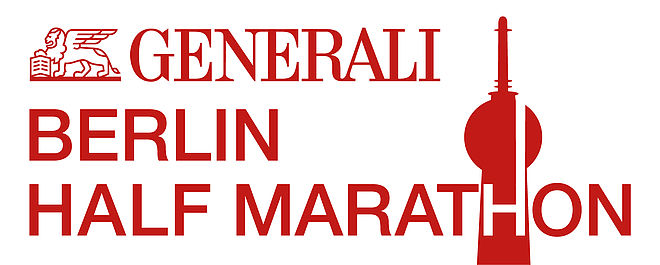David Martin is Sports Scientist at the Georgia State University and a truly
marathon expert. He has written the classic book "The Marathon
Footrace" and is also Head-Statistician of AIMS.
Never before in history have there been so many marathon races on our
planet. Every large city, it seems, and plenty of small cities as well, have a
marathon footrace. It is not an easy job to run 42,195 meters - it is a very
special person who does this and who is happy to receive just a small
commemorative medal at the finish! Many weeks and months of training are
required - for the elites and for those behind them. The muscles need to
"learn" to store more energy, and the tendons and ligaments need to
get strong enough to withstand the challenge of 185 to 200 steps per minute for
the length of time needed to cover the distance. Running a marathon is indeed a
celebration of fantastic fitness.
Or is it? In 1999 at the Honolulu Marathon, the final finisher required
14:35:05 to complete the event. This pace of 20:44 per kilometer (33:26 per
mile) - is this "running a marathon?" No - it is even slower than a
slow walk! The city streets must be kept blocked, the volunteers must remain at
their stations, and the police and other security personnel must remain on
duty. It seems that the marathon "run" is becoming more of a social
participation event than an athletic contest. Is this a wise choice for the
future of this "sport?"
Should people be permitted to enter such a grueling event if they may not
have adequate physical preparation, or if they present a unique health risk?
Increasingly, untrained "runners" who otherwise wouldn attempt such
an athletic feat are being encouraged to do so by groups focused around the
theme of "running for a cause." In America there is the Team in
Training, raising money for the Leukemia and Lymphoma Society, and the
Arthritis Foundations Joints in Motion program. In the United Kingdom there are
charities such as the National Meningitis Trust and the Sargent Cancer Care for
Children. Unfortunately, such participation is often by people who have minimal
fitness, or who are running with disabilities. Even worse, they feel that they
simply MUST finish - even if they are injured or sick - to honor the memory of
a loved one with the disease in whose name they are running. Such participation
is in one sense laudable in that they enjoy taking part and supporting worthy
causes, but in the race this places a substantial burden upon municipal
employees and city residents, who must endure ever-lengthening street closure
periods. They may even be sacrificing their own health.
Recently, an increasingly common medical problem has been identified with
such slow participants - hyponatremia. They are encouraged to "drink lots
of water" to remain hydrated. Unfortunately, their pace is so slow, and
they are on the streets for so long, that they drink too much, and lose sodium
from sweating, but do not replenish this sodium with electrolyte drinks. Their
collapse in the later stages of the race, especially after five hours, can
overwhelm medical facilities at the finish line.
So, what is the answer? Should marathon races be athletic contests for
runners who indeed would like to run - or at least jog - the full 42,195
meters? Or should they continue to strive for larger and larger numbers of
"participants" - fit and unfit, trained and untrained, with an
increasing risk of deaths and injuries among those marginally prepared to go
the distance? Sponsors willingly like to support "healthy
entertainment," and would likely remove their support if medical
casualties increased greatly. Perhaps the time is appropriate for marathon race
directors to revisit the question of "who is a marathon runner?"
Dr. David Martin


